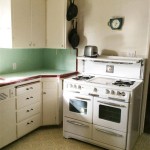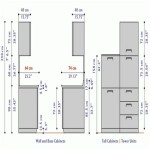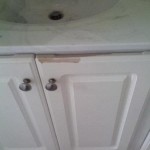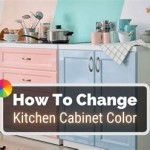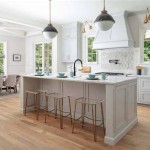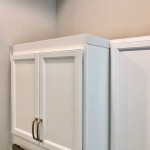How Many Cabinets Do You Need In A Kitchen: Essential Considerations
Designing a new kitchen can be an exciting but daunting task. One important aspect to consider is the cabinetry, as it plays a significant role in both the functionality and overall aesthetic of your space. Determining the optimal number of cabinets requires careful planning and consideration of various factors, including the size, layout, and storage needs of the kitchen.
Kitchen Size and Layout
The size and layout of your kitchen will largely influence the number of cabinets you need. A larger kitchen naturally requires more storage to accommodate ample cookware, appliances, and pantry items. Similarly, kitchens with complex layouts, such as L-shaped or U-shaped designs, may necessitate additional cabinetry to maximize corner space or accommodate different work areas.
Storage Requirements
Assess your storage requirements by considering your cooking habits, family size, and lifestyle. If you frequently entertain or meal prep in large quantities, you will need more storage capacity for pots, pans, serving platters, and ingredients. Conversely, if your kitchen is used primarily for quick meals and snacks, you may opt for fewer cabinets.
Optimal Cabinet Proportions
To maintain a balanced and cohesive look, adhere to the following proportions when designing your kitchen cabinetry:
- Base Cabinets: Typically 36 inches high, 24 inches deep, and 12 inches to 15 inches wide.
- Wall Cabinets: Usually 30 inches high, 12 inches to 15 inches deep, and 12 inches to 36 inches wide.
- Tall Cabinets: Average 84 inches to 96 inches high, 24 inches deep, and 15 inches to 18 inches wide.
Kitchen Triangle and Work Flow
Consider the kitchen triangle when planning your cabinetry layout. The work flow between the refrigerator, stove, and sink should be efficient and minimize unnecessary steps. Avoid placing cabinets in a way that obstructs the primary work zones or creates traffic bottlenecks.
Smart Storage Solutions
In addition to standard cabinets, explore smart storage solutions to maximize space and functionality:
- Pull-Out Shelves: Provides easy access to items stored in deep cabinets.
- Corner Cabinets: Utilize the often-neglected corner space for storage.
- Lazy Susans: Rotates for easy access to items in tall cabinets.
- Under-Sink Organizers: Makes the most of the space beneath the sink.
Professional Consultation
For a comprehensive and customized approach, consider consulting with a professional kitchen designer or architect. They can help determine the optimal number and layout of cabinets based on your specific needs and the unique characteristics of your kitchen space.
Conclusion
Determining the optimal number of cabinets for your kitchen requires careful consideration of various factors, including the size, layout, storage requirements, work flow, and smart storage solutions. By following the essential aspects outlined in this article and seeking professional guidance if necessary, you can create a functional and aesthetically pleasing kitchen that meets your needs and enhances your culinary experience.

How Many Kitchen Cabinets Do I Need

Take This Quiz To Find Out How Many Kitchen Cabinets You Need

How Many Kitchen Cabinets Do You Need Scientific Advice From 1934 Retro Renovation

How Many Kitchen Cabinets Do You Need For Your Remodel

How To Determine Your Kitchen Storage Needs Cliqstudios

How Many Cabinets Do You Need In A Kitchen Cabinet Now

How To Find The Best Kitchen Cabinets 2024 Guide Forbes Home

How Many Cabinets Does My Kitchen Need A Simple Guide Askin

How To Organize Your Kitchen Cabinets And Pantry Feed Me Phoebe

Should Your Kitchen Cabinets Match Flooring
Related Posts

